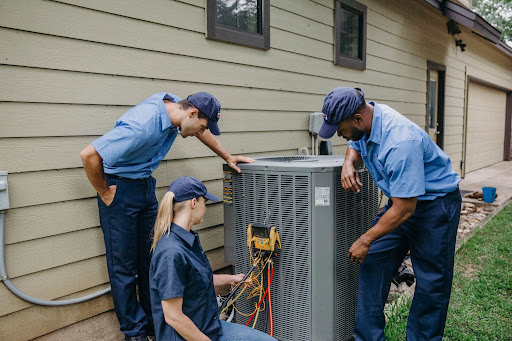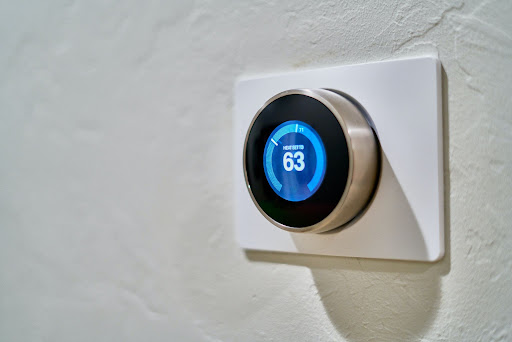To Zone or Not to Zone
If seeing the phrase “HVAC zoning” or hearing friends refer to places in their home as “zones,” is confusing you, you’re not alone. You’re probably wondering what zoning actually means and might be asking yourself questions like: Why are they calling the living room Zone 1 but their bedroom Zone 4? Did they call something an end zone or am I thinking about football? If this sounds like you, read on to learn all about HVAC zoning and the pros and cons of this home cooling setup.
What Is HVAC Zoning?
The remote is far from the only thing homeowners fight over. The battle for control over the thermostat is a classic situation in homes across the country. Zoning your HVAC system is an effective solution to this problem, but it comes with some added costs.
A zoned HVAC system is one that controls the temperature of separate areas of your home simultaneously. Rather than set your entire system to one temperature, each room can be set to a different temperature. This is possible by installing multiple thermostats and duct dampers to control their airflow throughout the home’s ventilation system. Before any homeowner decides to zone their HVAC system, it is highly encouraged they first weigh the pros and cons of this complex installation.

More Control, Less Maintenance
The most apparent benefit of zoning your HVAC system is achieving full control over the temperature throughout specific locations of your home. This allows for all residents to enjoy maximum comforts. The days of bickering between temperature settings will finally be left in the past.
Another benefit of HVAC zoning is reducing your power usage and saving money with lower energy bills. With HVAC zones, there is no need to waste electricity on heating or cooling unused rooms. The HVAC in these spaces can be fully shut off with the help of duct dampers that block airflow throughout the ventilation system.
Since your HVAC usage will be reduced, maintenance to repair normal wear and tear will also be reduced. Putting less strain on the HVAC system will help it run efficiently for a longer period of time than a system that has not been zoned.

HVAC Zoning: Paying the Price for Comfort
HVAC zoning as a concept is very simple, however, the reality is a much different story. In order to properly zone an HVAC system, technicians must first see how balanced the ventilation system is before they can begin installing the duct dampers that actually control the airflow throughout your home. That being said, HVAC zoning is an invasive procedure as the HVAC ventilation system is covered by a home’s walls and ceilings. So, be prepared for some serious renovations.
Not only is the installation complex and invasive, it is also pretty pricey. In order to properly zone an HVAC system, more parts need to be installed. One example is duct dampers. These devices are responsible for blocking airflow into parts of your home. The addition of more parts to your HVAC system means there will be more possible problems if your system begins to fail. The added difficulty of diagnosing an HVAC-related issue makes for longer and usually more costly repairs.

Making the Right Decision for You
While HVAC zoning is a near perfect comfort solution, it does come with its disadvantages. On one hand, it is one of the most effective ways to separate your home into various climate zones for optimum comfort. On the other hand, however, it is a costly and complicated installation process that makes repairs slightly more challenging. If you would like to learn more about HVAC zoning, book an appointment with one of our expert technicians! We are located across the country and are always ready to help!









